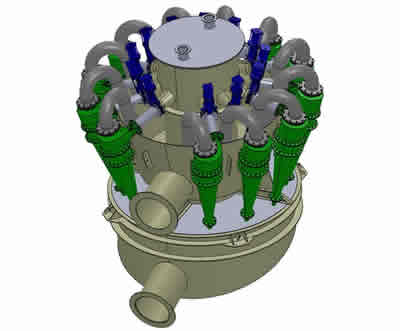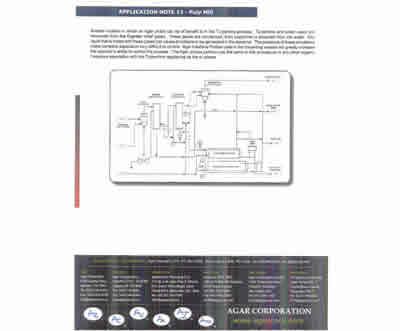Various processes onboard ships, such as machinery wash-down, maintenance, and leakage, generate oily wastewater. This contaminated water flow collects in the bilge of the ship. Marine diesel, lubricating oils, grease, as well as other contaminated water flow collects in the bilge of the ship.










